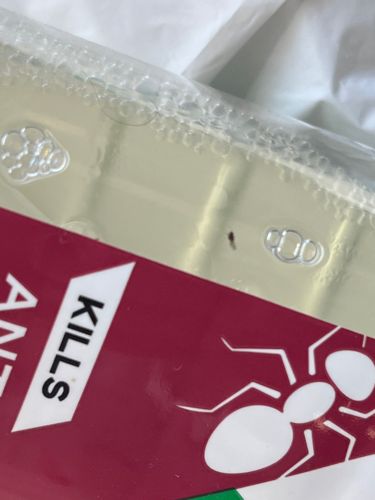Ant
Scientific Name: Formicidae
Order & Family: Hymenoptera, Formicidae
Size: Generally 2 to 25 mm (0.08 to 1 inch) in length, depending on the species and caste.

Natural Habitat
Ants are found almost everywhere on land, from forests and deserts to urban environments. They typically live in colonies in nests dug in soil, under rocks, in wood, or even inside homes.
Diet & Feeding
Ants have diverse diets, ranging from omnivorous to specialized. Many species feed on nectar, seeds, fungi, other insects (both living and dead), and honeydew produced by aphids. Some are scavengers, while others are active predators.
Behavior Patterns
Ants are highly social insects living in organized colonies with a queen (or multiple queens), workers, and males. They exhibit complex behaviors including foraging, nest building, defense of the colony, and communicating with pheromones. Their life cycle involves complete metamorphosis (egg, larva, pupa, adult).
Risks & Benefits
Risks include potential house pests (contaminating food, damaging wood in some species), and some species can inflict painful bites or stings. Benefits include acting as natural predators of other pests, aerating soil, and helping with seed dispersal and decomposition.
Identified on: 11/9/2025